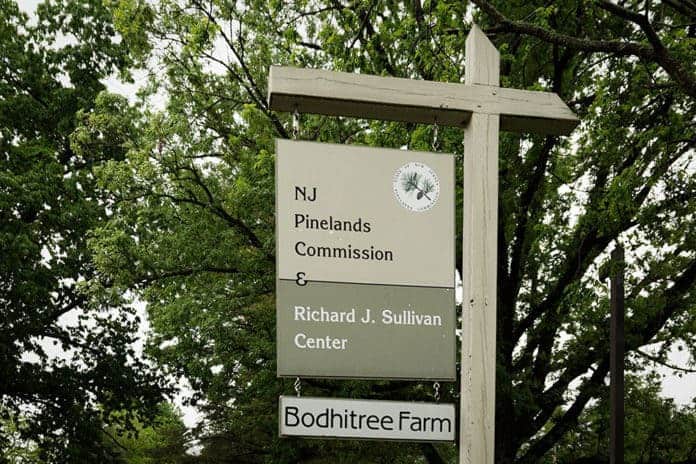
JACKSON – The Township Council was split on an ordinance that would define conditional uses with and without Pinelands Development Credits.
The zoning ordinance has to do with what is allowed to be built in certain areas of town.
At the first reading of the ordinance, residents raised concerns over whether the ordinance would allow for more development in the RG-2 and RG-3 zones, some of which are in the Pinelands area, part of the Pinelands Comprehensive Management Plan.
“In essence it will allow less,” municipal attorney Jean Cipriani explained when the ordinance was introduced. “The main change in the ordinance in that zone had to do with the conditional uses. Regarding the regular uses, there is no change.”
Cipriani gave an example of conditional uses: those homes on septic must be on 3.2 acres, while other homes can be on 2 acres. They were conditional uses before, she added.
“We had to change something because of Pinelands requirements, [the Pinelands Development Credits], but it is actually something which will probably result in less development of that area,” Cipriani said.
The Pinelands Commission funds itself through Pinelands Development Credits. Those who want to develop land in certain Pinelands regions have to buy those credits. Cipriani said it’s a “complicated formula” to determine those credits.
There are different areas in the Pinelands as designated by the commission – forest areas, historic areas, and regional growth areas, all areas determined by the Pinelands and not the municipalities. The comprehensive plan in the Pinelands Commission’s “master plan,” in which they are concentrating development in those regional growth areas and preserving other Pinelands land. The money gained from the growth areas is often used to purchase other land for preservation.
“But the bottom line is, these areas where the conditional uses are, in order to get the increased density, there is a requirement now, or will be if the ordinances are adopted…on the PDC portion, if you want to get the higher density, you have to buy the PDCs.”
The cost per unit changes, but the credits in Jackson average $9,000. So a developer who wants to build 10 units would pay the Pinelands Commission $90,000. That money goes to the Pinelands in general, not to Jackson.
The other element to this, Cipriani said, the ordinance creates the requirements of the conditional uses that 20 percent is set aside for affordable housing. That’s a requirement under the settlement agreement.

“I know affordable housing is a hard thing for people to understand why we have to be so attentive to it,” Cipriani said. “If we don’t comply with our plan, the court will remove what’s called our immunity, and that means we would be subject to builder’s remedy lawsuits. And when that happens, the builder comes in and says ‘they haven’t met their affordable housing obligation, I have a project that will do something for that, so please give me 4,000 market-rate units and I’ll put up 1,000 affordable units.’”
It’s important not to lose that immunity, Cipriani said, because Jackson has a favorable settlement agreement on its affordable housing numbers. To lose the immunity would lose the benefit of that number. The Fair Share Housing Center had wanted 4,863 affordable units; there are four market rate homes for every affordable housing unit. Now, Jackson is at 1,250 units, and 242 units, if all rentals, must still be built.
If a builder comes in with such a lawsuit and can prove the township isn’t meeting its affordable housing obligations, council president Kenneth Bressi said, the township can “throw its master plan out the window.”
Back to PDCs, one resident said the Pinelands Commission can build up all the regional growth areas in Jackson and use the money to preserve more land elsewhere. In Jackson, being on the perimeter of the Pinelands, those areas get developed.
“The biggest change on this RG-2 and 3 is not that they were just created—they’ve been there forever—the biggest change has been the PDC mandatory payment.” council president Kenneth Bressi said.
Overall, the ordinance should protect Jackson Township from over-development, officials said.
Councilmen Rob Nixon and Barry Calogero voted against ordinance 8-17 on both the first and second readings of the ordinance. Ultimately, though, the measure did pass.





